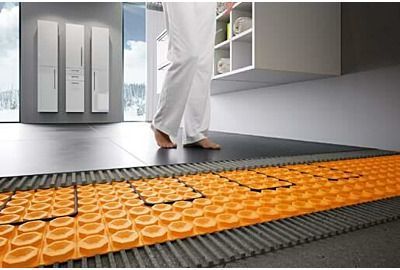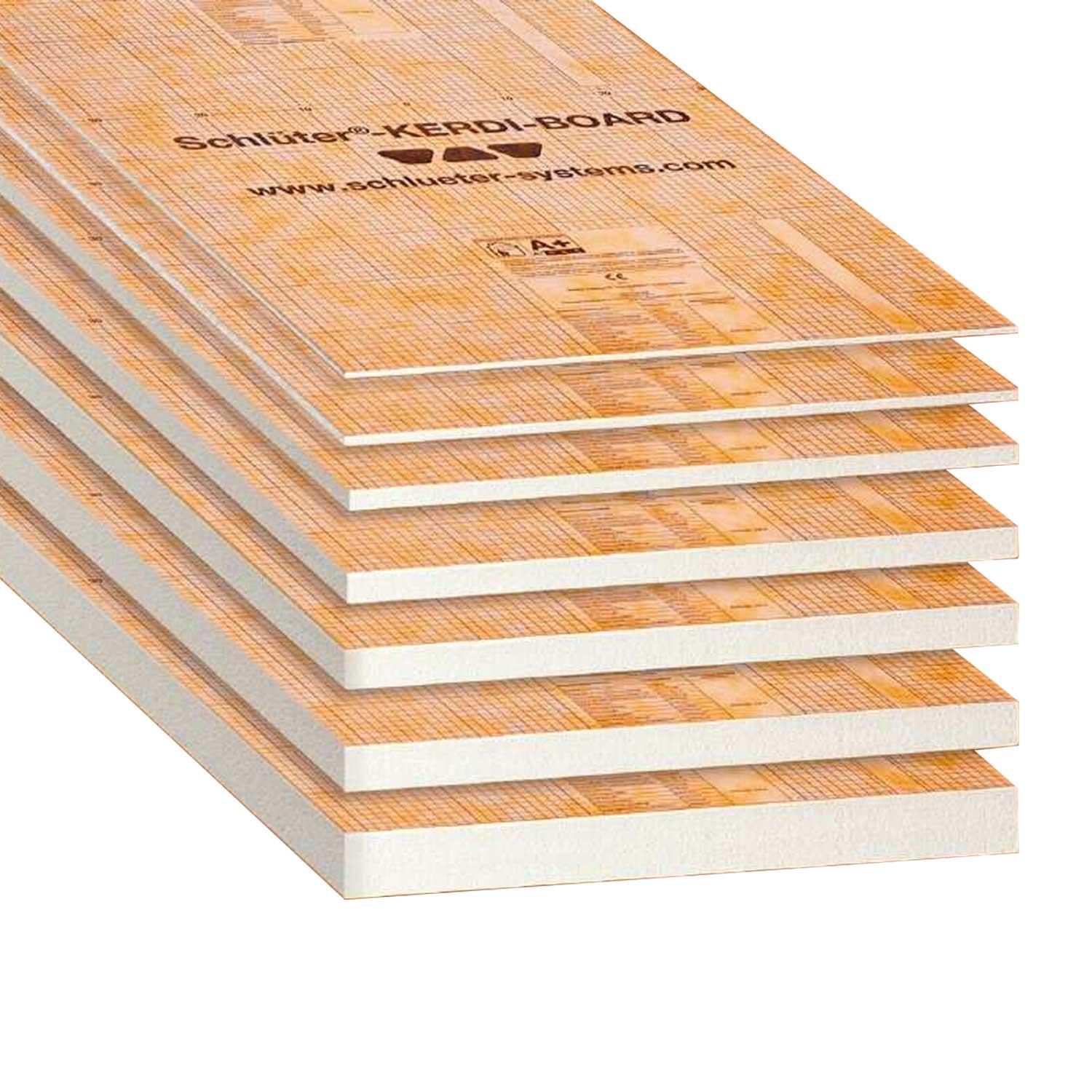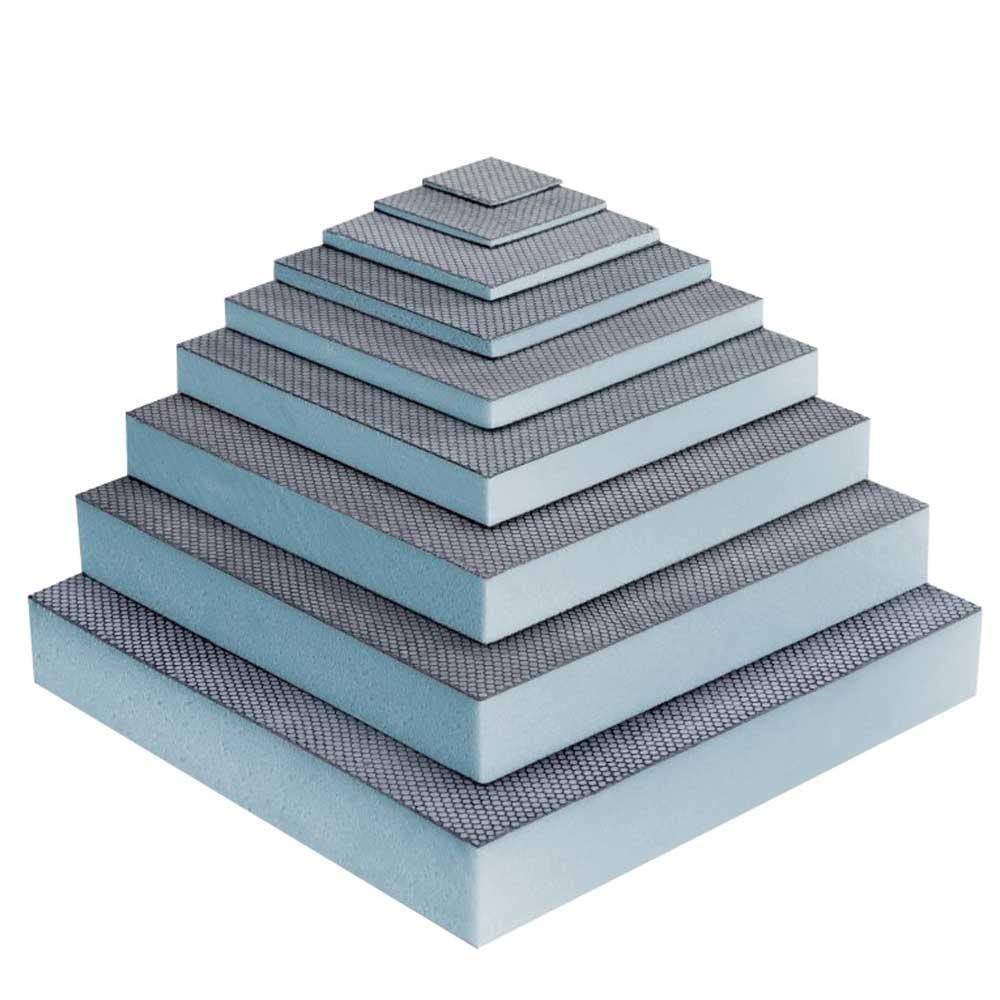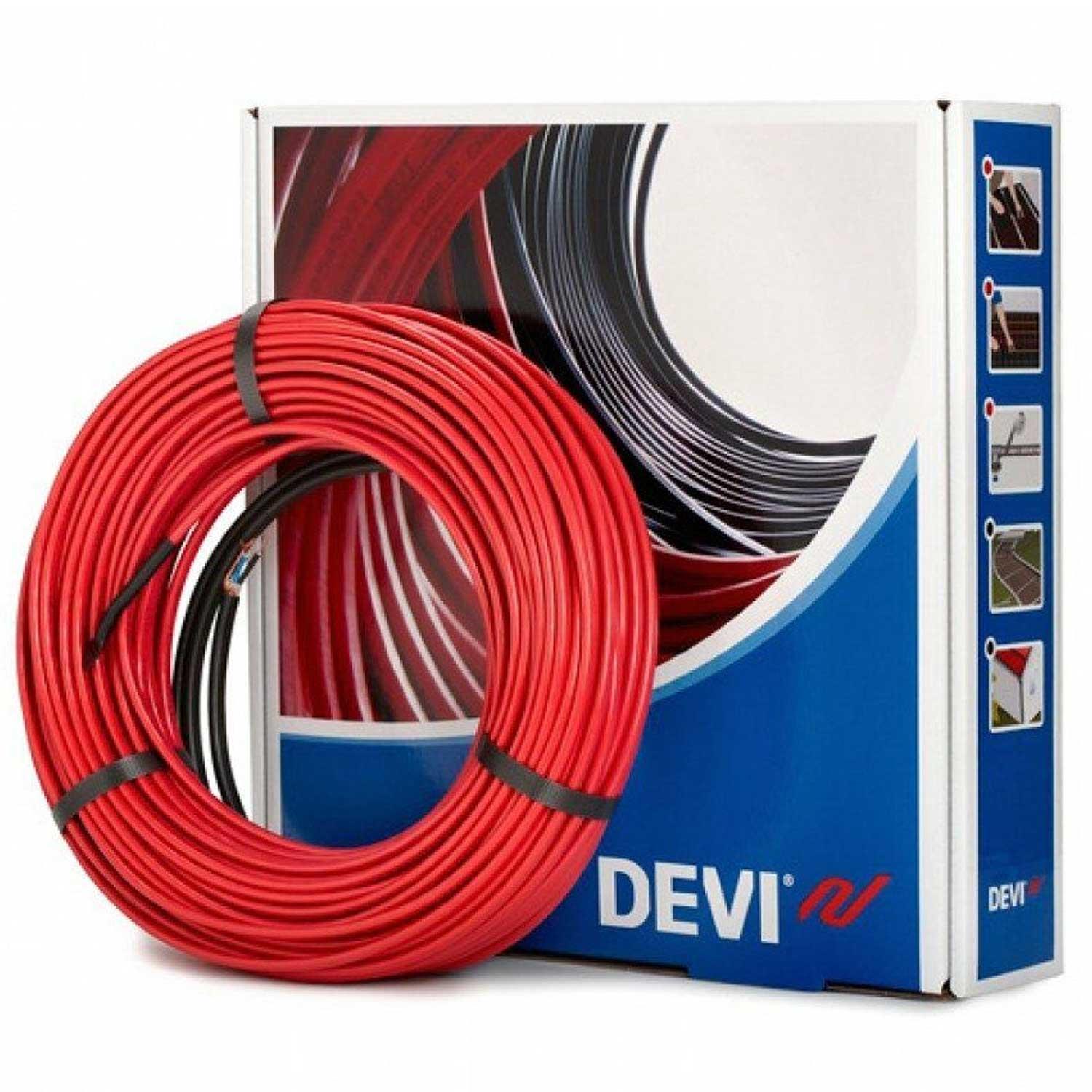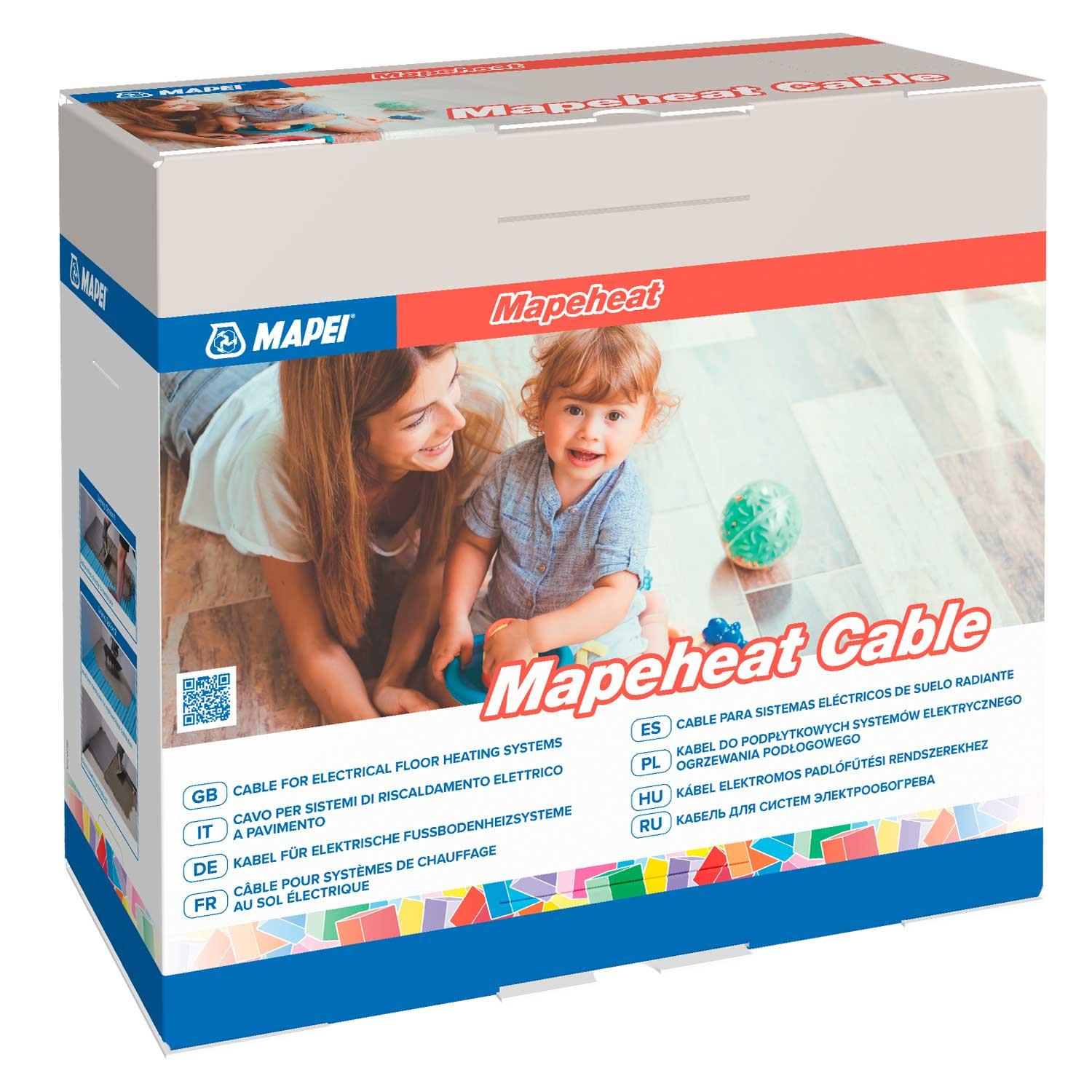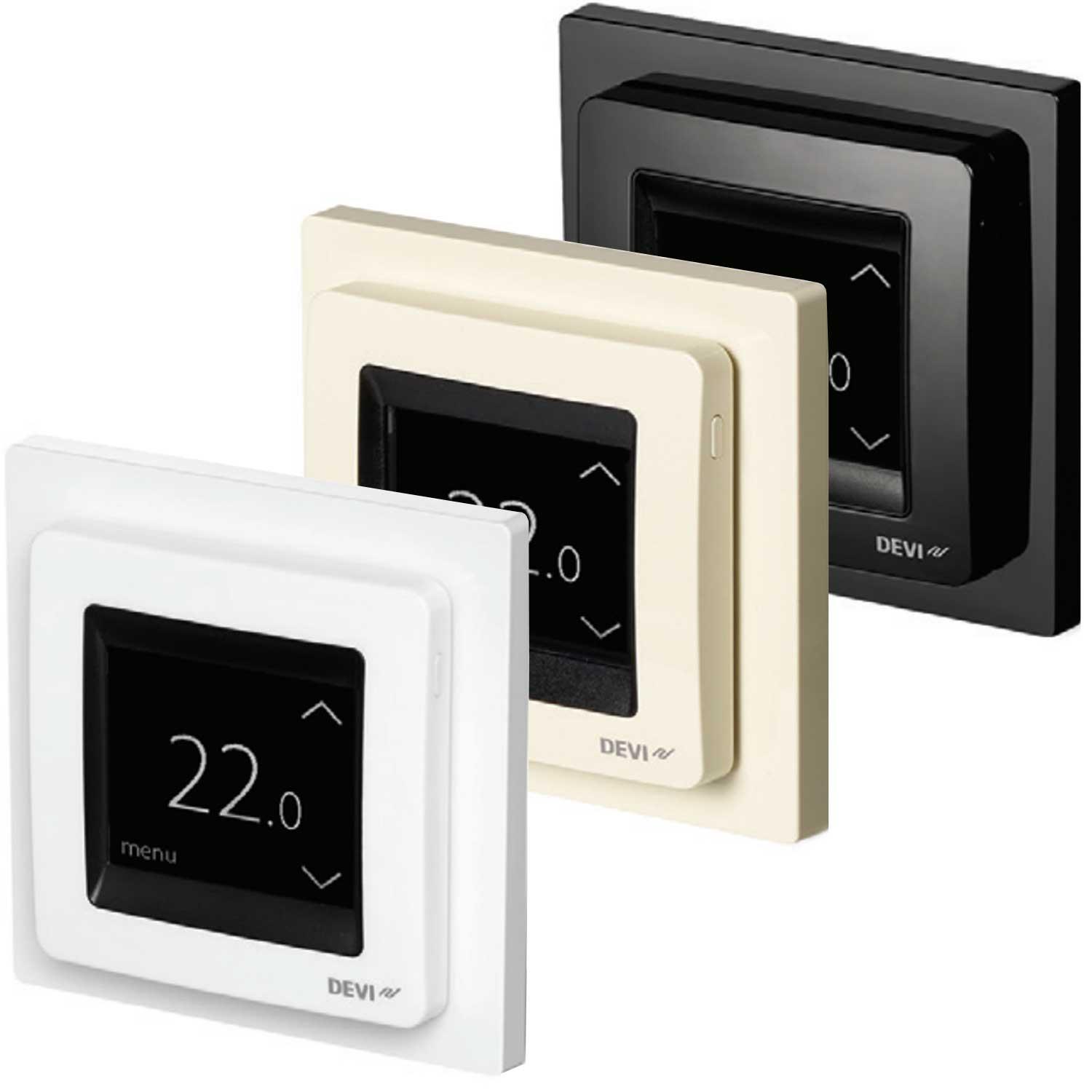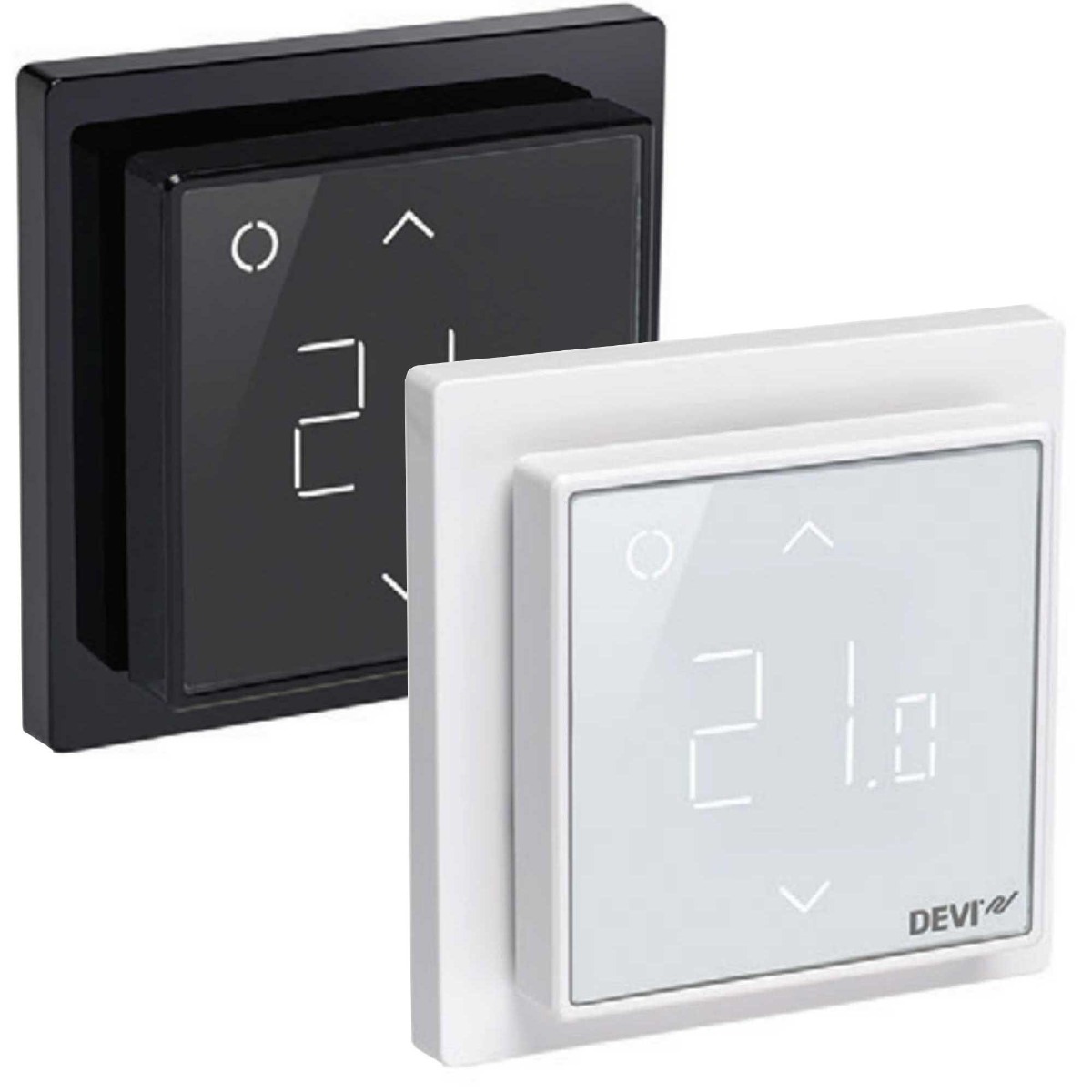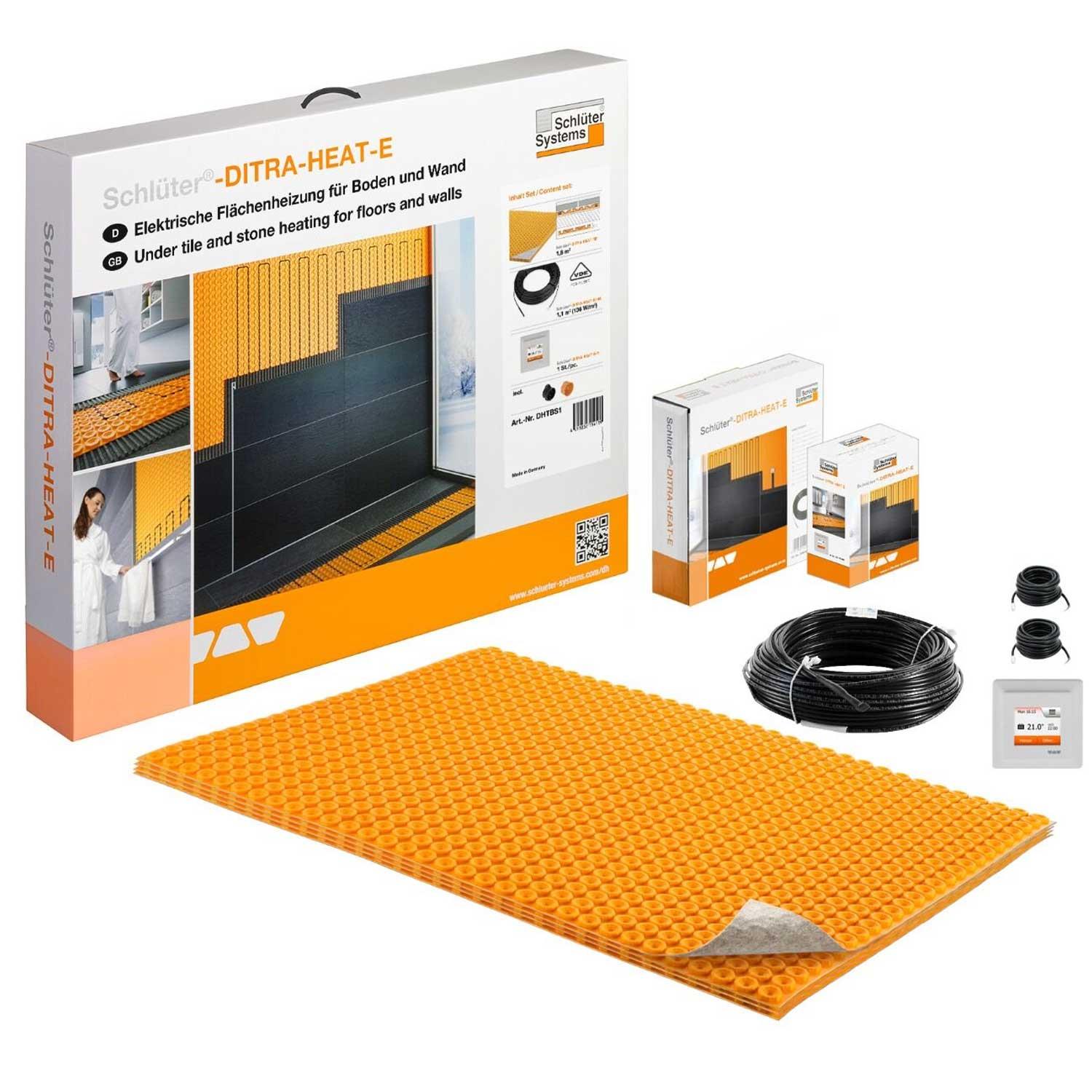Keeping Your Home Warm With Underfloor Heating
keeping your home warm during colder months
with underfloor heating
No one likes getting cold, and that’s why the second temperatures start to drop, we all turn our attention to finding ways to keep our homes heated properly. Fortunately, when it comes to winter heating, there are a number of great ways you can keep your house warm this winter.
Simple Ways To Save Money On Heating During Winter
There are a variety of ways that you can keep your home warm without spending a fortune on energy bills. Simple changes like keeping your curtains open to let heat in and using timers on your central heating can all save you a significant amount of money over time.
Another key tip to consider is to ensure your furniture isn’t placed directly in front of your central heating. While it might keep you toasty whilst you are sitting on the sofa, the hot air will not be able to circulate properly, limiting its range, therefore by switching things around, you can easily heat the room up faster.


When it comes to keeping warm in the cold months, the answer as to how to best heat your home and which heating products you should use may be surprising. Whilst families will typically default to turning on the central heating when it starts getting chilly, this isn’t necessarily the most efficient or effective way to heat your home. Instead, underfloor heating is a great option to consider, particularly if you are in the process of refurbishing a room such as a kitchen or bathroom and plan on replacing the existing flooring with new floor tiles or other options.
What Is Underfloor Heating?


Underfloor heating requires a network of either pipes or wires under the floor. This network transforms the entire floor into a radiator, which then warms the room from the ground up. There are a number of benefits to underfloor heating, and it is much less demanding than a radiator as it requires a far lower operating temperature to achieve effective results.
Underfloor heating mats can be used throughout your home to heat up the coldest parts of your living space. In addition to being efficient and easy to use, underfloor heating also offers a range of other benefits. For example, unlike radiators, this innovative heating system doesn’t take up any wall space and does not encourage the circulation of dust or allergens.
How Does Underfloor Heating Work


Underfloor heating in fact works in a very similar way to the radiators in your home. The floor is heated which in turn then radiates heat into the rest of the room, creating a cosy atmosphere and preventing those cold winter nights.
The process does involve some convection, but more than 80% of the heat transfer from underfloor heating is by radiation. This means that underfloor heating will heat the room from the ground up, providing an even temperature, eliminating cold spots, and offering enhanced comfort.
How Effective Is Underfloor Heating?
Underfloor heating is one of the most effective ways of heating your home, as it creates an even, consistent heat source across a whole room, reducing the chances of the odd cold spots you find with central heating. In essence, underfloor heating can turn your entire floor area into one toasty radiator.
With your whole entire floor being heated, this means that the system does not need to be turned up to a particularly high temperature to heat the room, and just a few degrees warmer than the room's ambient temperature will usually suffice.


Incorporating underfloor heating into your living space enables you to achieve a consistent temperature that’s particularly cosy underfoot, without the need for bulky radiators. This type of heating system is also far safer for children and much better for the air quality of your home. Underfloor heating is also compatible with many types of flooring, such as tile, stone, laminate, wood, and more.
Can Underfloor Heating Be Used To Replace Radiators Completely?
Potentially, yes. However, this will vary depending on the room, the type of property, and how much heat is lost. Radiators may sometimes be cheaper to install, but they do take up valuable floor space and are not always the most efficient choice. Radiators can also result in as much as a 4°C temperature difference across a room.
An underfloor heating system, by comparison, can offer a more even heat distribution, and up to a 15% reduction in energy usage.
Underfloor heating in smaller areas such as a bathroom or hallway can eliminate the need for radiators (although you may still opt to place a heated towel rail in your bathroom). In larger rooms underfloor heating can be used in isolation, particularly if your home is well insulated, or in combination with radiators which can be used on the coldest of days.
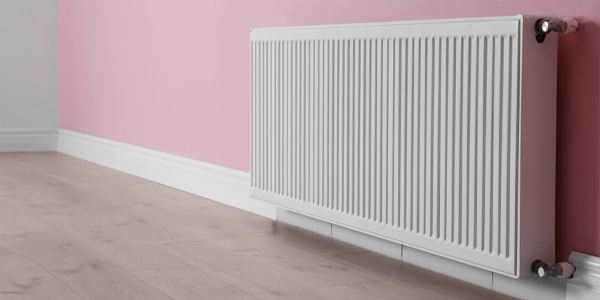
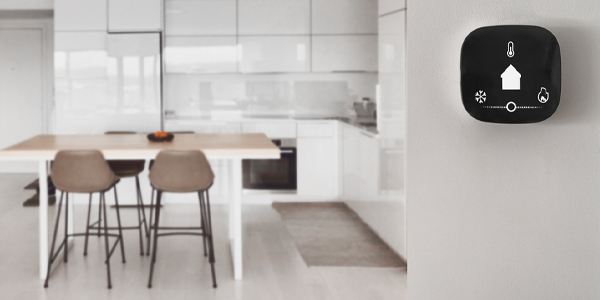
With the room being heated from the floor, it’s usually the case that radiators can be used at a much lower setting, reducing their energy consumption. A heated floor is also a great way to remove the chill on cold mornings and evenings, particularly from tiled or other hard surface floors, resulting in a much more comfortable and cosy environment.
If you want to keep an accurate check on your heating, it’s worth opting for underfloor heating thermostats with intelligent modes that can help reduce heating costs. Whether you’re heating your kitchen or your living room, underfloor heating thermostats and controls can help you monitor and adjust the temperature where necessary.
What Types Of Underfloor Heating Are There?
The two main common types of underfloor heating are wet and electric. Frequently used in new builds or when planning an underfloor heating system for the entire property, wet underfloor heating uses a system of pipes that are filled with warm water powered either by your boiler or by a heat pump.
Electric underfloor heating on the other hand, is usually far easier to install as well as being cheaper to buy. However, with running costs potentially being a little higher (depending on how well insulated your property is and how your energy is sourced), electric underfloor heating is often used for areas like bathrooms and ensuites.

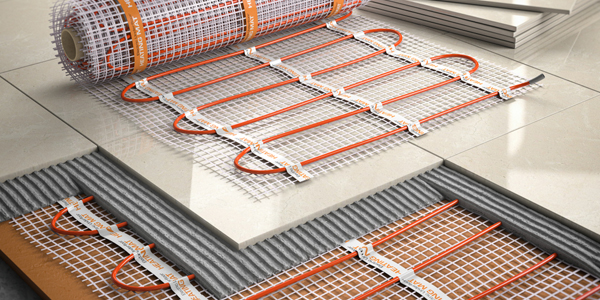
However, eclectic systems are also increasingly being used throughout the home where the energy savings, particularly for homes using solar panels or other renewable sources of electricity mean operating costs can be significantly lower than a wet system.
Incorporating Underfloor Heating Into Your Home
If you are planning on installing underfloor heating in your home, there are a number of factors that you will need to consider. Take your time to research which items you will need and which type of underfloor heating products best suit you and your home, as well as the type of system that best matches your budget and timeframe for installation.
Alongside the main components of your system, don’t forget products such as underfloor heating insulation boards and underfloor heating cables that you may need for your home decor project.


Remember to consider the thickness of your flooring to prevent reducing the heat output, then you will have the perfect way of heating your home this winter. If you are looking to opt for underfloor heating to warm up your home in the upcoming colder months, at Tile Experience we offer a range of underfloor heating kits and many other underfloor heating products and accessories to bring the perfect level of warmth to your home.


